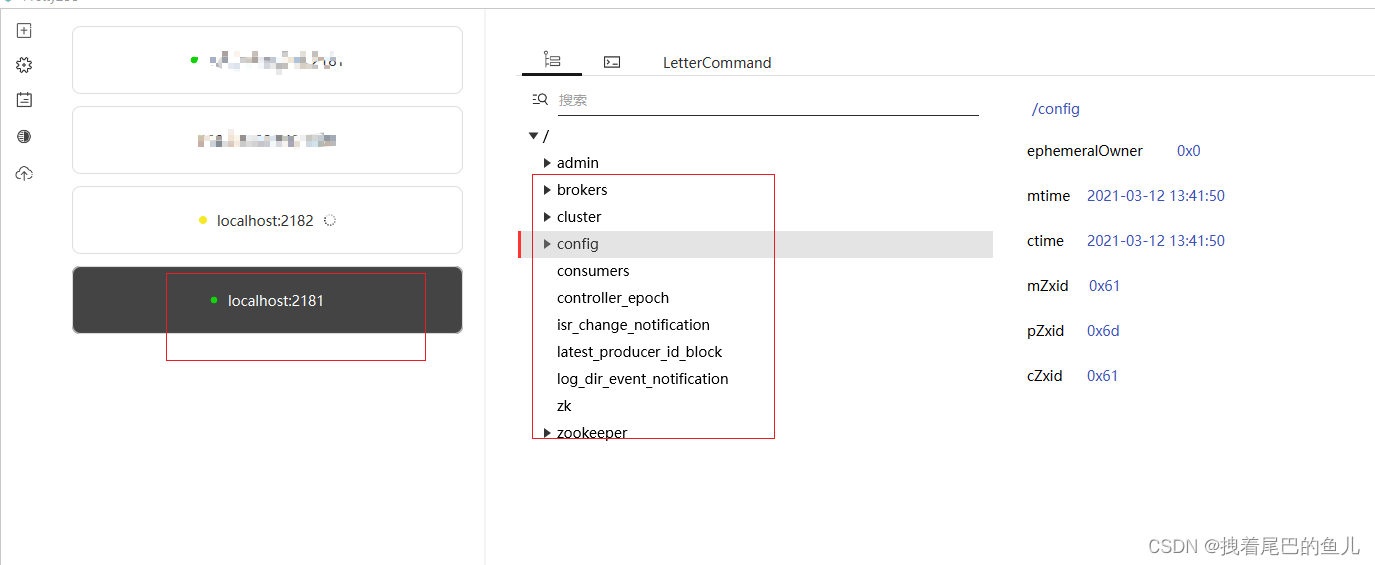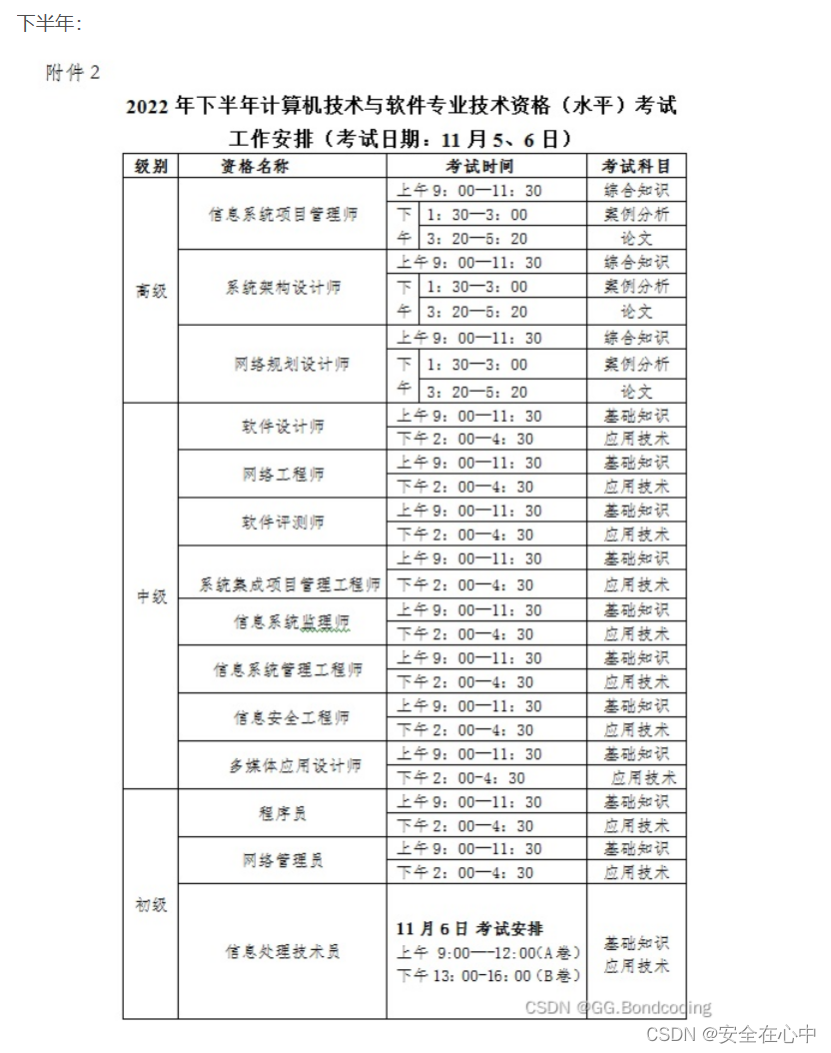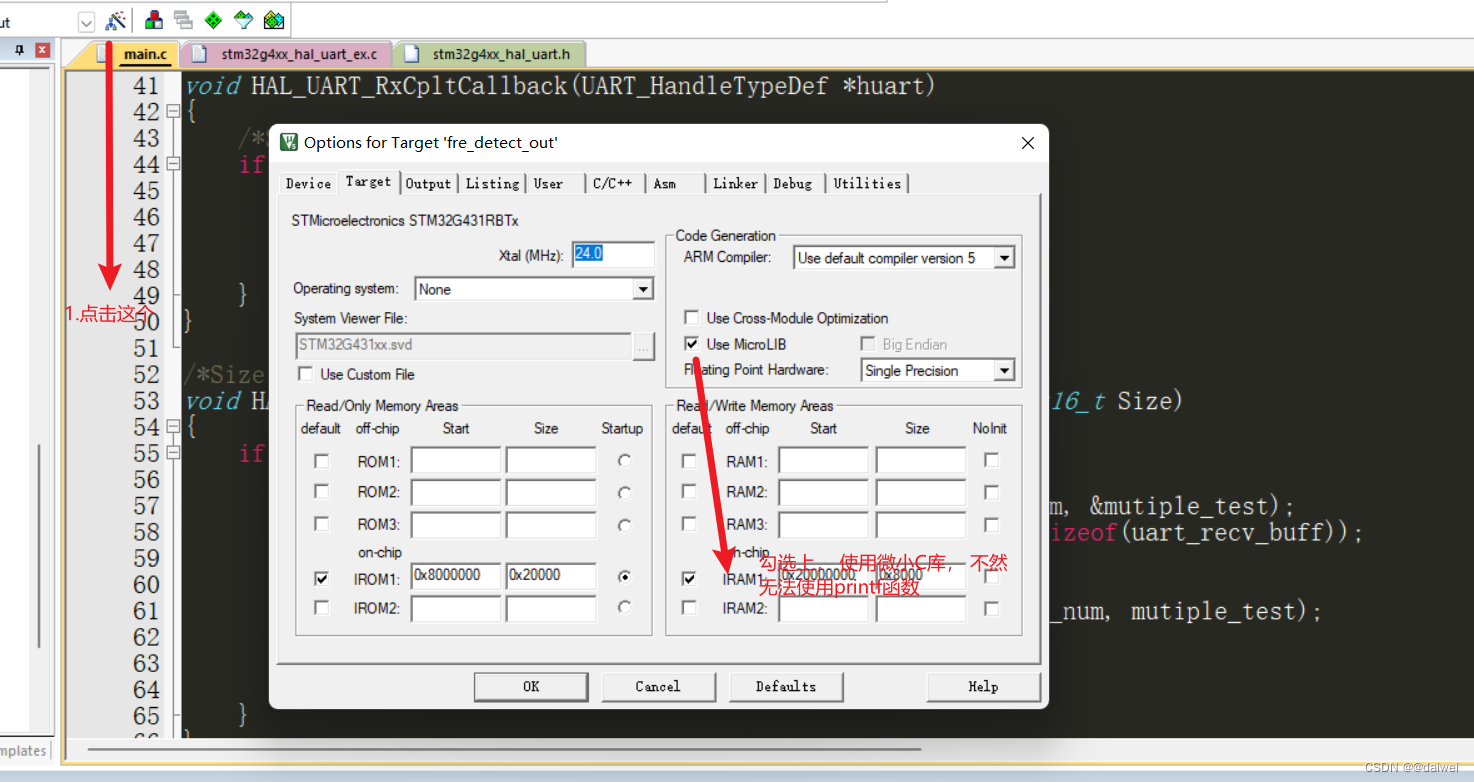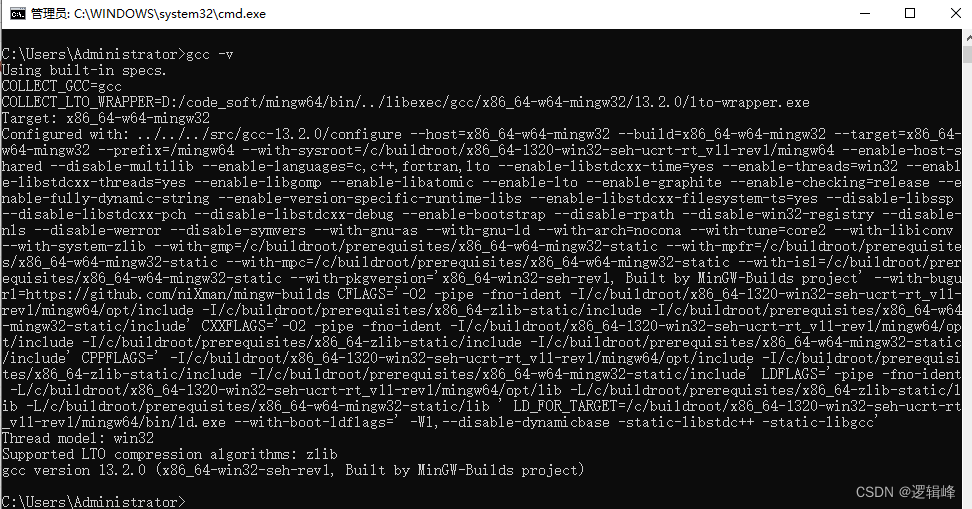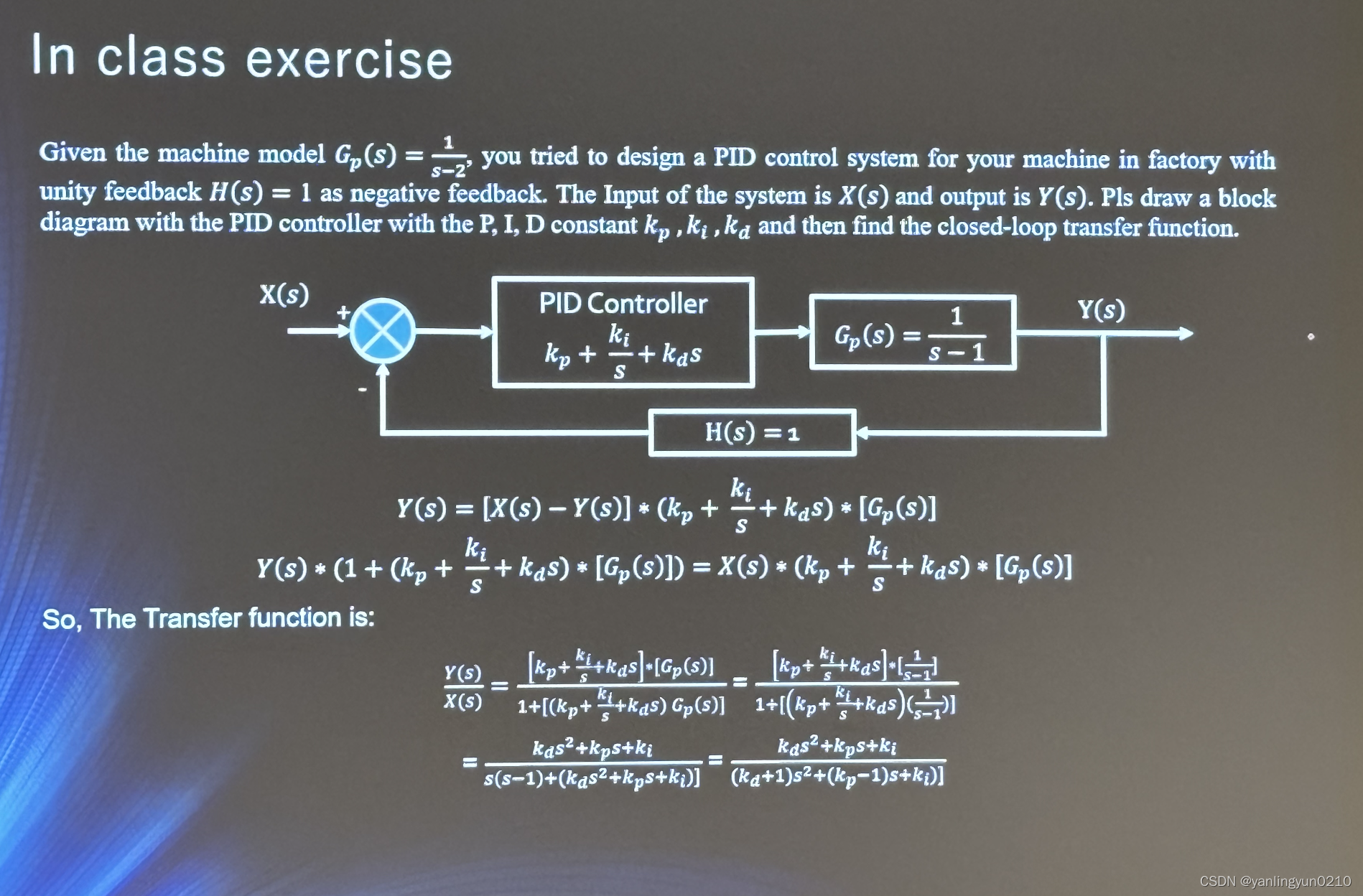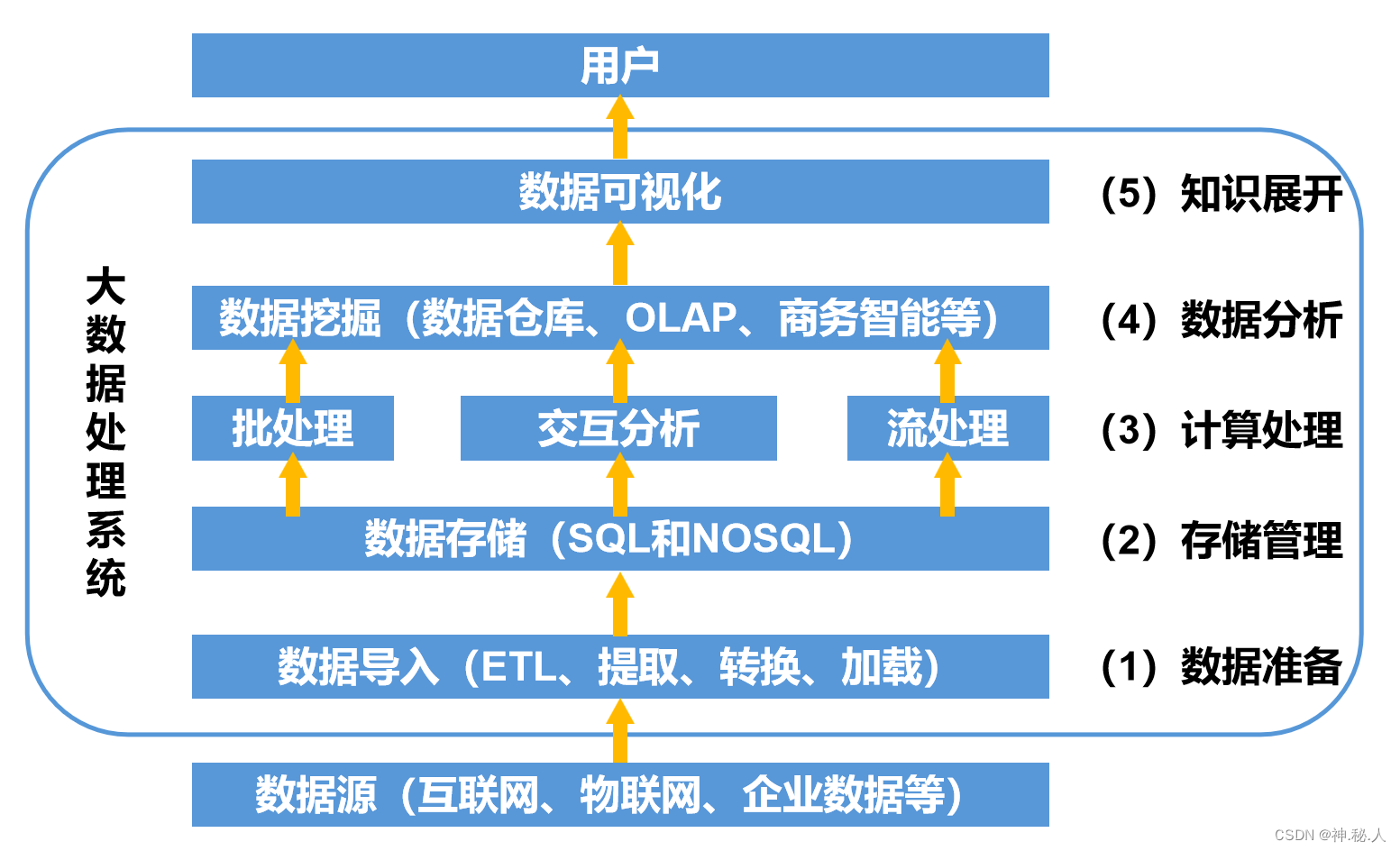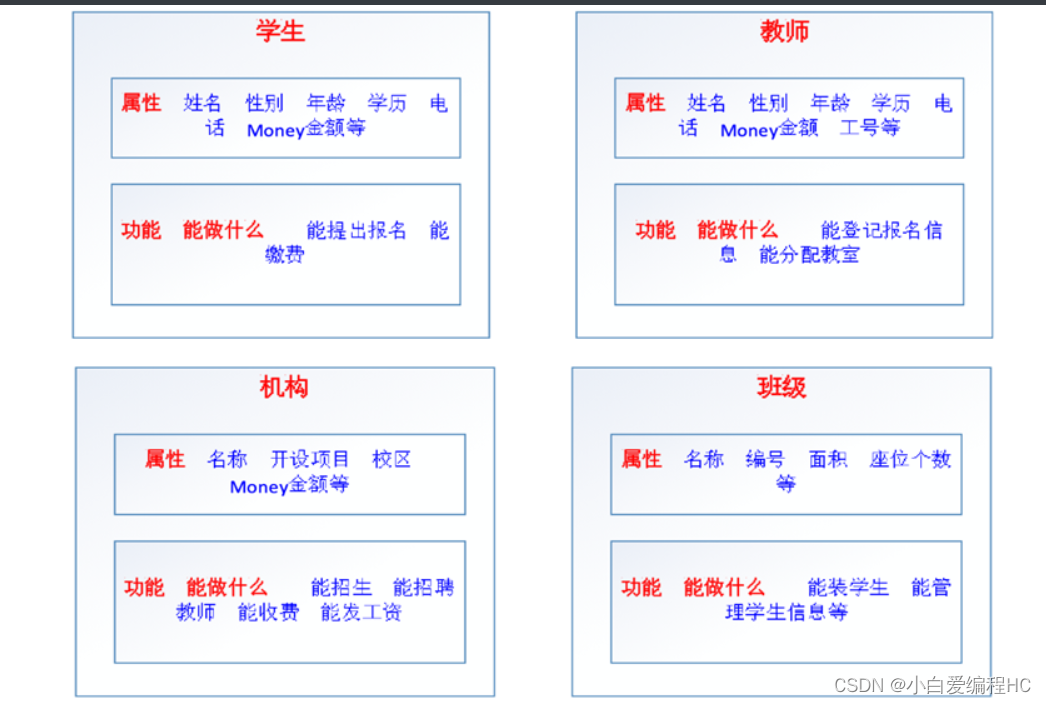2024年2月11日力扣题目训练
- 2024年2月11日力扣题目训练
- 561. 数组拆分
- 566. 重塑矩阵
- 572. 另一棵树的子树
- 264. 丑数 II
- 274. H 指数
- 127. 单词接龙
2024年2月11日力扣题目训练
2024年2月11日第十八天编程训练,今天主要是进行一些题训练,包括简单题3道、中等题2道和困难题1道。惰性太强现在才完成,不过之后我会认真完成的,我会慢慢补回来,争取一天发两篇,把之前的都补上。
561. 数组拆分
链接: 数组拆分
难度: 简单
题目:

运行示例:
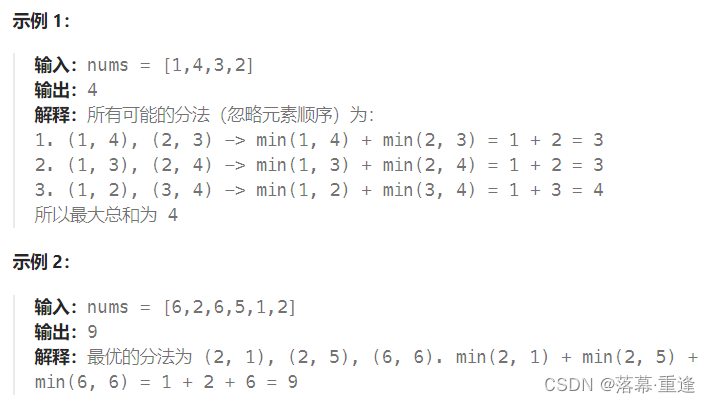
思路:
这道题就是排序,让小的和小的组成一对,从而能满足题意。
代码:
class Solution {
public:
int arrayPairSum(vector<int>& nums) {
sort(nums.begin(),nums.end());
int sum = 0;
for(int i = 0; i < nums.size(); i+=2){
sum += nums[i];
}
return sum;
}
};
566. 重塑矩阵
链接: 重塑矩阵
难度: 简单
题目:
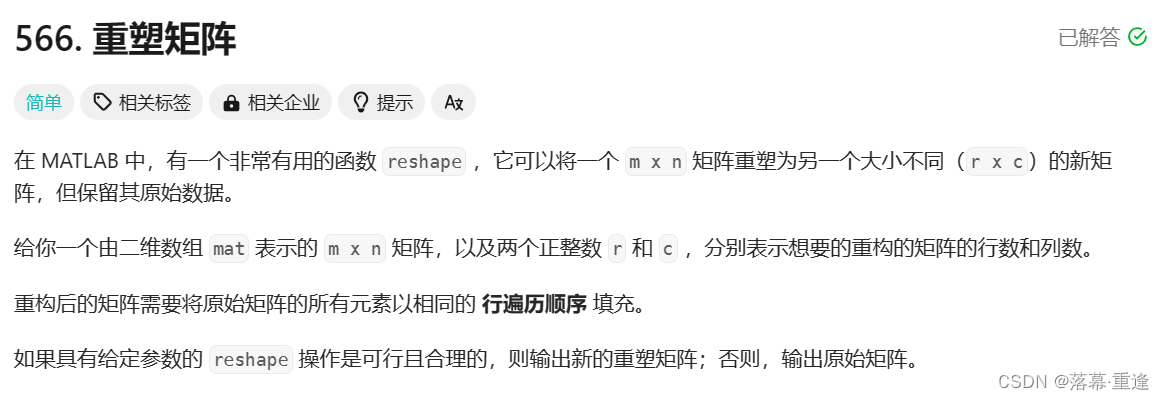
运行示例:
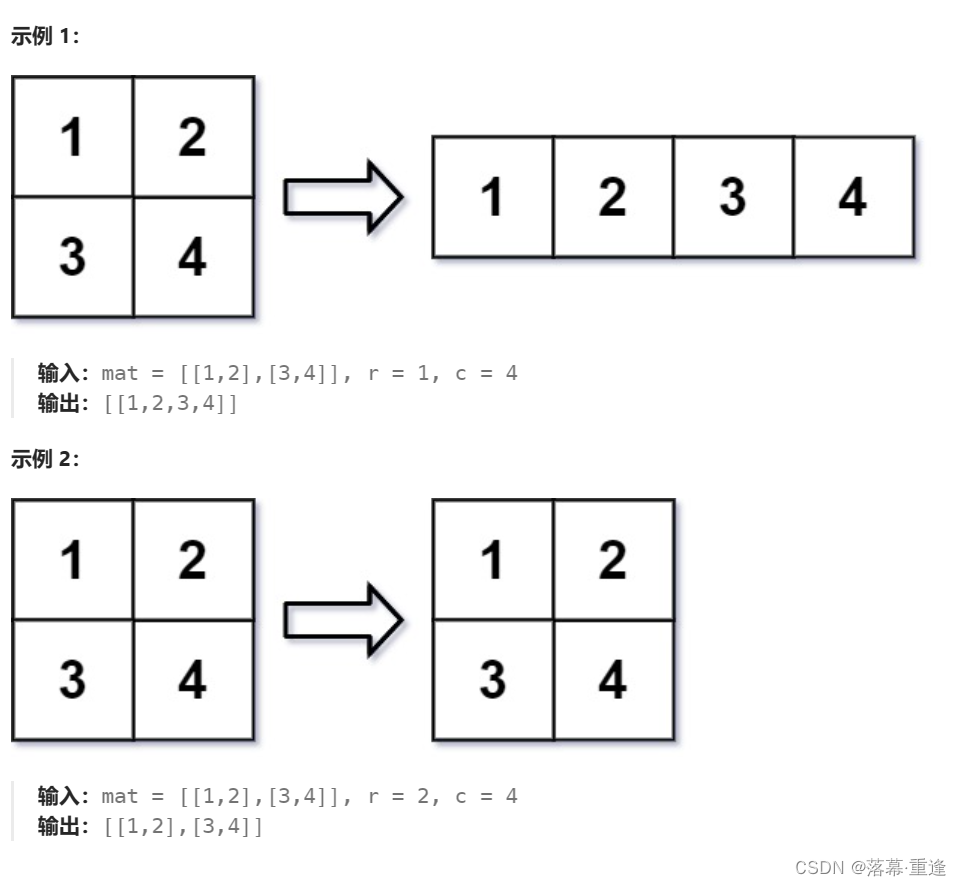
思路:
这道题类似于二维数组的一维表示。
(i,j)→i×n+j
i=x / n
j=x % n
代码:
class Solution {
public:
vector<vector<int>> matrixReshape(vector<vector<int>>& nums, int r, int c) {
int m = nums.size();
int n = nums[0].size();
if (m * n != r * c) {
return nums;
}
vector<vector<int>> ans(r, vector<int>(c));
for (int x = 0; x < m * n; ++x) {
ans[x / c][x % c] = nums[x / n][x % n];
}
return ans;
}
};
572. 另一棵树的子树
链接: 另一棵树的子树
难度: 简单
题目:

运行示例:
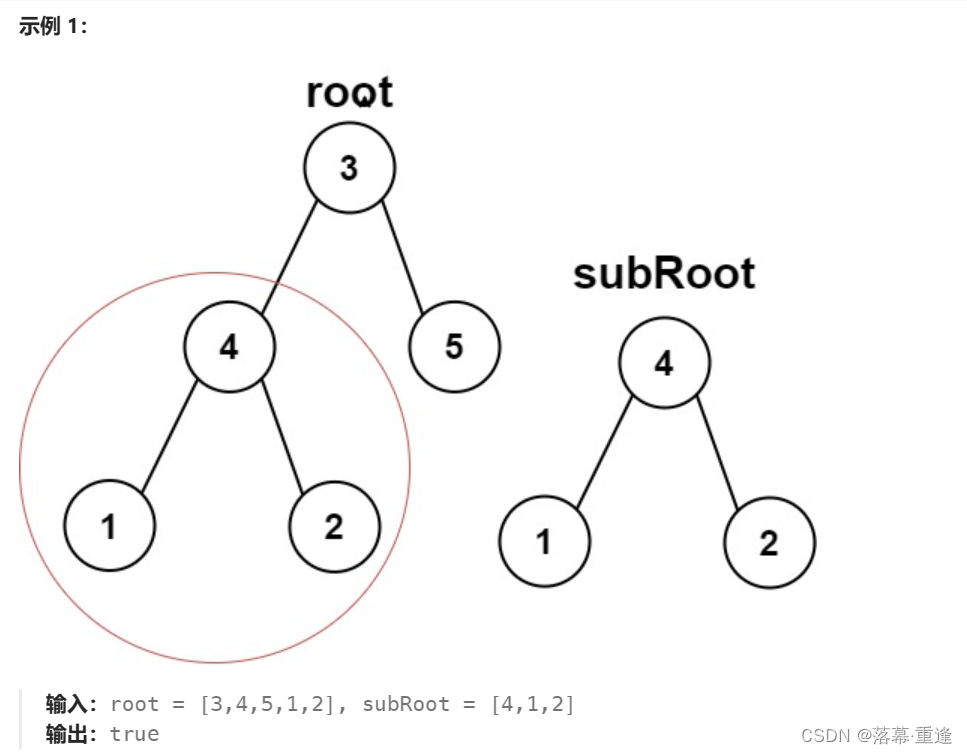
思路:
这道题就是树的遍历,自顶而下,从该节点判断是否是子树。
代码:
class Solution {
public:
bool check(TreeNode*o, TreeNode* t){
if(!o && !t) return true;
if((o&&!t)||(!o&&t)||(o->val!=t->val)) return false;
return check(o->left,t->left) && check(o->right,t->right);
}
bool dfs(TreeNode *o, TreeNode *t) {
if (!o) {
return false;
}
return check(o, t) || dfs(o->left, t) || dfs(o->right, t);
}
bool isSubtree(TreeNode* root, TreeNode* subRoot) {
return dfs(root,subRoot);
}
};
264. 丑数 II
链接: 丑数 II
难度: 中等
题目:

运行示例:
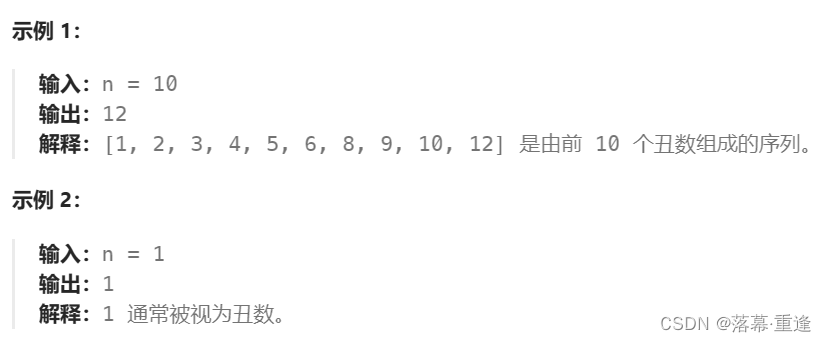
思路:
这道题丑数只包含2,3,5的质因子,所以大的丑数是由小的丑数乘以2或3或5得到的。所以我们可以利用三个指针,得到该丑数是小丑数乘以几表示的。
代码:
class Solution {
public:
int nthUglyNumber(int n) {
int a = 0;
int b = 0;
int c = 0;
int count = 1;
vector<int> ans(n);
ans[0] = 1;
while(count < n){
int n1 = ans[a]*2;
int n2 = ans[b]*3;
int n3 = ans[c]*5;
ans[count] = min(min(n1,n2),n3);
if(n1 == ans[count]) a++;
if(n2 == ans[count]) b++;
if(n3 == ans[count]) c++;
count++;
}
return ans[n-1];
}
};
274. H 指数
链接: H 指数
难度: 中等
题目:

运行示例:

思路:
这道题就是简单的排序,然后进行比较就行。
代码:
class Solution {
public:
int hIndex(vector<int>& citations) {
sort(citations.begin(),citations.end());
int h = 0, i = citations.size() - 1;
while (i >= 0 && citations[i] > h) {
h++;
i--;
}
return h;
}
};
127. 单词接龙
链接: 单词接龙
难度: 困难
题目:
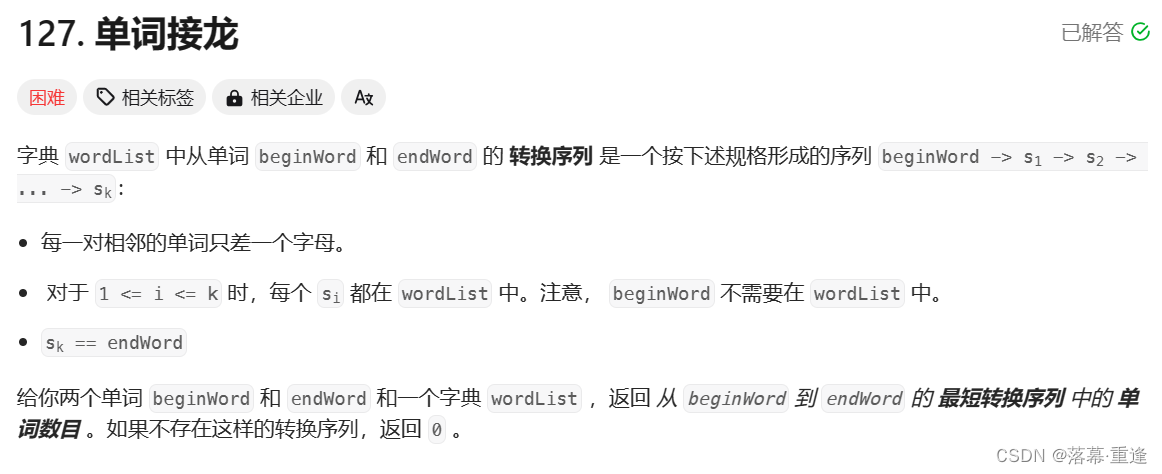
运行示例:
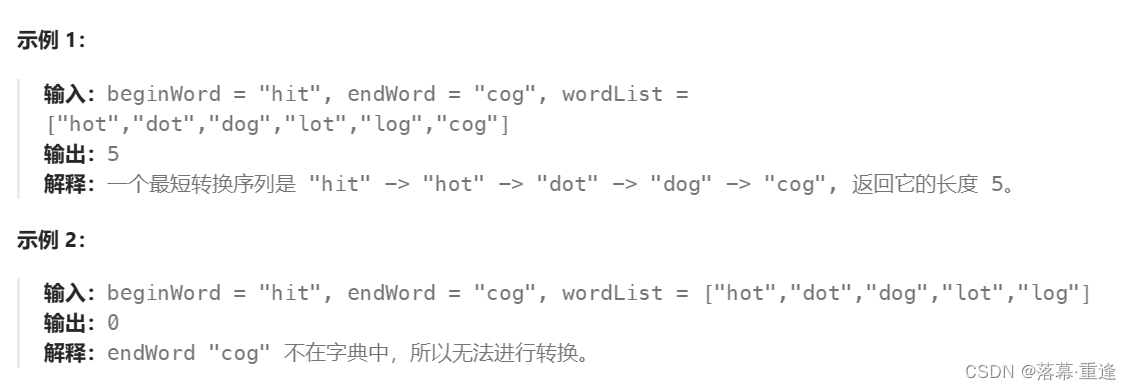
思路:
与上次126. 单词接龙 II的类似也是利用的广度优先遍历和建图。
代码:
class Solution {
public:
void backtrack(int& ans, const string &Node, unordered_map<string, set<string>> &from,
vector<string> &path) {
if (from[Node].empty()) {
ans = ans > path.size()?path.size():ans;
return;
}
for (const string &Parent: from[Node]) {
path.push_back(Parent);
backtrack(ans, Parent, from, path);
path.pop_back();
}
}
int ladderLength(string beginWord, string endWord, vector<string>& wordList) {
vector<vector<string>> res;
int ans = INT_MAX;
// 因为需要快速判断扩展出的单词是否在 wordList 里,因此需要将 wordList 存入哈希表,这里命名为「字典」
unordered_set<string> dict = {wordList.begin(), wordList.end()};
// 修改以后看一下,如果根本就不在 dict 里面,跳过
if (dict.find(endWord) == dict.end()) {
return 0;
}
// 特殊用例处理
dict.erase(beginWord);
// 第 1 步:广度优先搜索建图
// 记录扩展出的单词是在第几次扩展的时候得到的,key:单词,value:在广度优先搜索的第几层
unordered_map<string, int> steps = {{beginWord, 0}};
// 记录了单词是从哪些单词扩展而来,key:单词,value:单词列表,这些单词可以变换到 key ,它们是一对多关系
unordered_map<string, set<string>> from = {{beginWord, {}}};
int step = 0;
bool found = false;
queue<string> q = queue<string>{{beginWord}};
int wordLen = beginWord.length();
while (!q.empty()) {
step++;
int size = q.size();
for (int i = 0; i < size; i++) {
const string currWord = move(q.front());
string nextWord = currWord;
q.pop();
// 将每一位替换成 26 个小写英文字母
for (int j = 0; j < wordLen; ++j) {
const char origin = nextWord[j];
for (char c = 'a'; c <= 'z'; ++c) {
nextWord[j] = c;
if (steps[nextWord] == step) {
from[nextWord].insert(currWord);
}
if (dict.find(nextWord) == dict.end()) {
continue;
}
// 如果从一个单词扩展出来的单词以前遍历过,距离一定更远,为了避免搜索到已经遍历到,且距离更远的单词,需要将它从 dict 中删除
dict.erase(nextWord);
// 这一层扩展出的单词进入队列
q.push(nextWord);
// 记录 nextWord 从 currWord 而来
from[nextWord].insert(currWord);
// 记录 nextWord 的 step
steps[nextWord] = step;
if (nextWord == endWord) {
found = true;
}
}
nextWord[j] = origin;
}
}
if (found) {
break;
}
}
// 第 2 步:回溯找到所有解,从 endWord 恢复到 beginWord ,所以每次尝试操作 path 列表的头部
if (found) {
vector<string> Path = {endWord};
backtrack(ans, endWord, from, Path);
}
return ans == INT_MAX ? 0:ans;
}
};

